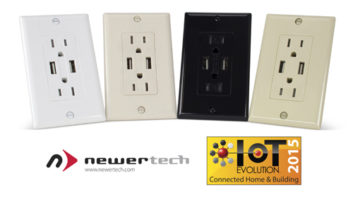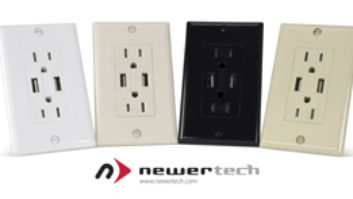Figures from EIA and other sources indicate that consumer-oriented retailers (and we assume that includes CompUSA, Computer City, and other home office power retailers) sold better than 12 million computers over the past two years and will sell around 8 million in 1995.
And that 20 million total does not include the several millions more sold by such companies as Dell and Gateway 2000, which primarily deal direct to consumers through mail order.
All this raises the question: Why is it, when we have sold nearly enough computers to put one in 20% of American households, research indicates that total U.S. household penetration has risen by only a handful of percentage points over the three-year period?
One answer may be that the true mass consumer market for computers really isn’t here yet, despite all the hype that would give a contrary indication.
Another factor could be that most household penetration studies are based on phone or mail surveys asking, “Do you have a home computer?” The answer might be “no,” even though a PC or Mac is sitting on a desk in another room — because that computer is used almost exclusively for business applications, and so in the consumer’s mind, the PC sitting there isn’t a “home” product like a TV or VCR.
In our view, millions of true home computer owners are hobbyistswilling to junk their 386 for a 486 and then dumping that for a Pentium, or having one or two older PCs around as spares. And that would, to a degree, explain why household penetration isn’t growing at anywhere near the rate of new product sales.
Who but hobbyists would be lined up outside a CompUSA store at 11:59 p.m. awaiting the witching hour that would let them snatch up a copy of Windows 95?
We think the industry will know when average consumers, instead of affectionados, make up the lion’s share of the market for new computers.
It will know by the avalanche of complaints over pre-planned semi-annual upgrades that obsolete product in the field, and by the insistence that new programs and upgrades be available tomorrow for the expensive hardware bought today.
It will know when key executives in the computer industry accept what their counterparts in the A/V arena learned the hard way, that consumers set the rules and manufacturers follow, and that it just doesn’t work the other way around.











